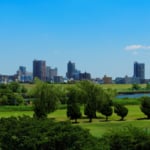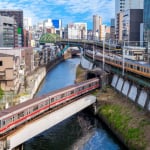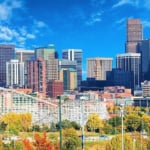Name: The State Art Museum of the Republic of Karakalpakstan
Address: K. Rzaev Street, Nukus 230100
Official/Related Website URL: http://www.savitskycollection.org/

A Museum That Survived Soviet Oppression and a Dried-Up Salt Lake – Must-See Attractions in Nukus
Nukus is a city in northwestern Uzbekistan, with a population of around 250,000 people. It is a relatively new city, having been strategically developed during the 1930s under the Soviet Union. Today, it remains the capital of the Republic of Karakalpakstan, an autonomous region within Uzbekistan.
To the north of Nukus lies what was once the fourth-largest lake in the world—the Aral Sea. Within the city itself, there is also a remarkable art museum, a rarity in the former Soviet sphere.
In this article, we will introduce these two must-visit attractions in and around Nukus for those planning to explore the area.
table of contents
[x] close
A Museum That Survived Soviet Oppression and a Dried-Up Salt Lake – Must-See Attractions in Nukus
1. Nukus Art Museum
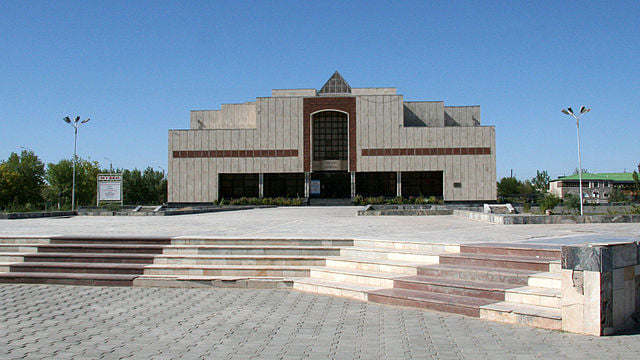
If you are visiting Nukus, the Nukus Museum is an absolute must-see! Officially known as the "State Art Museum of the Republic of Karakalpakstan named after Igor Savitsky," this museum houses a collection curated by Igor Savitsky, a painter originally from Kyiv, Ukraine.
During Savitsky’s era, particularly under Stalin’s rule, non-Russian cultures and avant-garde art were heavily suppressed. However, he openly collected Uzbek folk artifacts and avant-garde artworks, eventually establishing this museum in 1966. It is believed that both Savitsky and his collection survived Soviet persecution because Nukus was considered a remote, peripheral location.
At the Nukus Museum, visitors can see Russian avant-garde paintings, along with traditional Uzbek costumes, musical instruments, and decorative items. The museum also features rare specimens of local flora and fauna and an exhibit on the environmental crisis of the Aral Sea. Often regarded as one of the most significant modern art museums in the former Soviet region, second only to the State Russian Museum in St. Petersburg, this is an essential stop when visiting Nukus.
2. Muynak
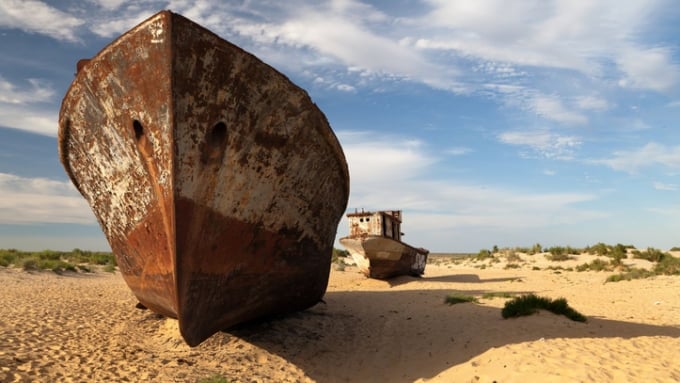
Once, to the north of Nukus, lay the Aral Sea, which was the fourth-largest lake in the world and a thriving hub for the fishing industry. However, after excessive irrigation projects by the Soviet Union in the post-war period, the amount of water flowing into the lake dropped drastically. As a result, the Aral Sea began to shrink rapidly, eventually splitting into multiple smaller lakes.
The town of Muynak, located north of Nukus, was once a bustling port town on the shores of the Aral Sea. However, as the lake dried up, there were reports that the shoreline receded by several dozen meters per day at its worst. Ships that had once been moored in the harbor were abandoned in the desert, left stranded on dry land.
Today, the remnants of these abandoned ships remain scattered across the desert, standing like ghostly monuments to human-driven environmental destruction. The sight is almost unimaginable—it is difficult to believe that this barren landscape was once the shoreline of a vast lake.
Name: Mo‘ynoq
Official/Related Website URL: http://bektour.uz/moynak
◎ Summary
This article introduced notable attractions around Nukus. The drying up of the Aral Sea has led to the exposure of vast amounts of toxic dust, including salt and other harmful substances, which are now causing serious health hazards.
If you plan to visit Nukus, it is highly recommended to bring a mask or other protective gear to safeguard your respiratory health.
Flights to Nukus Airport are available from Tashkent, the capital of Uzbekistan, as well as from Moscow and St. Petersburg in Russia.
RELATED ARTICLES
REGIONS
CATEGORIES
FEATURED ON Guide
-
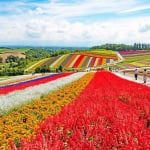
Where will you go for the summer vacation? Introducing recommended spots for domestic travel
-
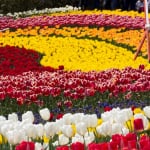
Kaizu City’s Recommended 7 Tourist Spots. Enjoy the Culture and History Nurtured by Wajū!
-
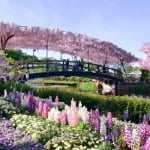
What Makes Ashikaga Flower Park So Special? A Treasure Trove of Photo-Worthy Spots!
-
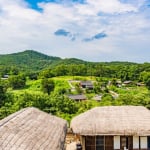
600 Years of Radiant Tradition: Korea’s Historic Villages of Hahoe and Yangdong
-
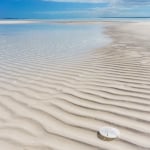
Two-Colored Seas and a Pink Beach! 4 Must-Visit Spots in North Eleuthera
MOST POPULAR ON Guide
-
 1
1Doha: Must-see Attractions in the Capital of Qatar
-
 2
2Toronto: 10 Things to do in this Picturesque Canadian City
-
 3
3Amarillo: A City Famous for It’s Amazing Canyons, Great History and Music
-
 4
4South Korea: Dazzling Scenery, Rich Culture and Fascinating History
-
 5
5Kuwait: A Country in Middle East Asia Famous for Hot Sand Dunes and Stunning Cityscape

